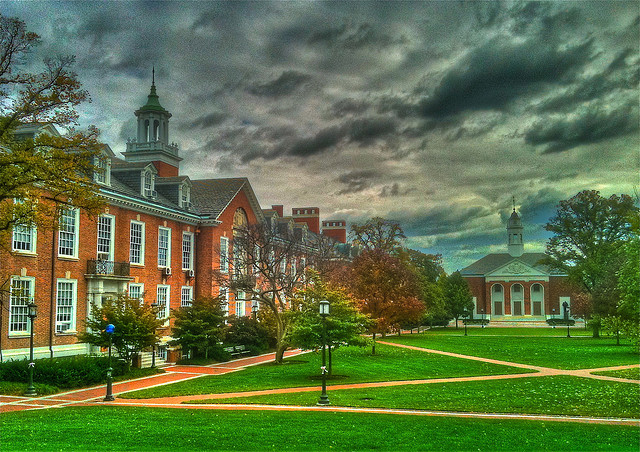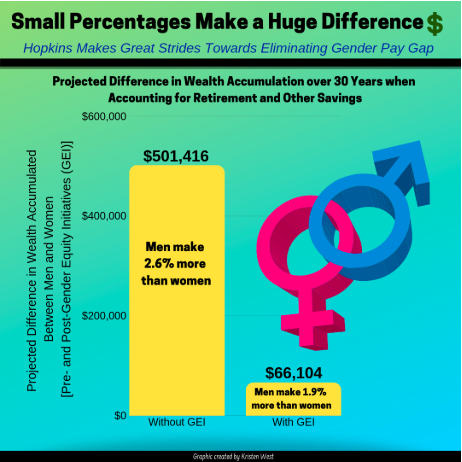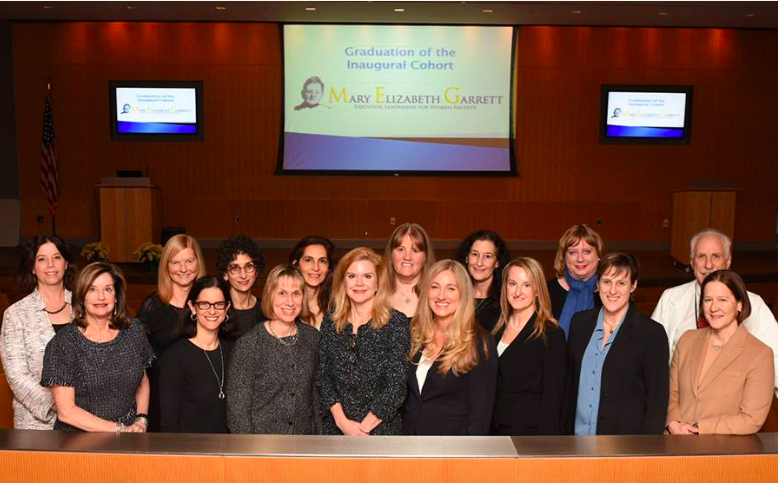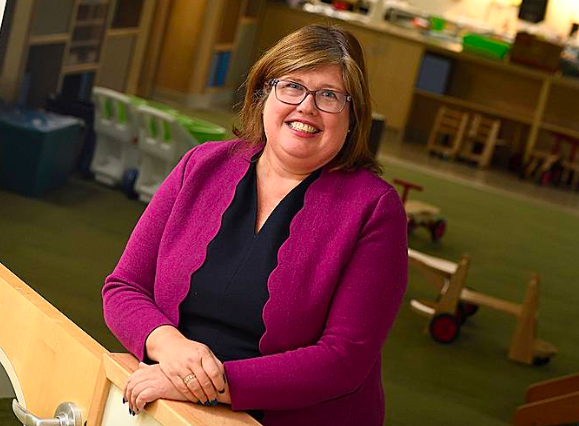“We wish to see the university taking on the role of constructive partner in a complex public issue of public health and educational equity and community well-being.”

— from the open letter from faculty opposing JHU’s proposal to establish a police department
Today the Baltimore Sun has picked up the story of faculty response to the question of safety at JHU.
You can add your name to the letter here.
For more information:
Students Against a Johns Hopkins Police Force Petition: http://bit.ly/2S6I7ig
SB 793 the Community Strengthening and Safety Act: http://bit.ly/2S25v0j
Say ‘no’ to Hopkins’ private police – Op-Ed by Quinn Lester in the Baltimore Sun http://bit.ly/2S3C7Xt
Baltimore lawmakers halt proposal to create Johns Hopkins police force – Baltimore Sun http://bit.ly/2X7yx2m
Maryland lawmakers will not support Hopkins police force bill (March 2018) – The Johns Hopkins News-Letter http://bit.ly/2RYEhaN
Johns Hopkins Pushes for Armed Police on Campus – WSJ https://on.wsj.com/2S2ADws
 But what happens when we convert from % to $? Barbara Fivush and colleagues pointed out what the salary gap means in dollar amounts–which, after all, is arguably the point. Male physicians in 2005 would, without Hopkins’ intervention, have made over $500,000 more than women in the course of their careers. Even now, with the 1.9% salary gap, women can expect to lose over $65,000. Which, we venture to say, is significant.
But what happens when we convert from % to $? Barbara Fivush and colleagues pointed out what the salary gap means in dollar amounts–which, after all, is arguably the point. Male physicians in 2005 would, without Hopkins’ intervention, have made over $500,000 more than women in the course of their careers. Even now, with the 1.9% salary gap, women can expect to lose over $65,000. Which, we venture to say, is significant. On November 26, 2018, 25+ faculty members and administrators from KSAS, WSE, and the Provost’s office gathered for over two hours to discuss the challenges and opportunities of graduate student advising—particularly in light of the recent NAS recommendations.
On November 26, 2018, 25+ faculty members and administrators from KSAS, WSE, and the Provost’s office gathered for over two hours to discuss the challenges and opportunities of graduate student advising—particularly in light of the recent NAS recommendations. Congratulations to the
Congratulations to the  Lots of people, from Work-Life to the Diversity Leadership Council, have advocated for years to create a leadership position for coordinating child care . This week,
Lots of people, from Work-Life to the Diversity Leadership Council, have advocated for years to create a leadership position for coordinating child care . This week,